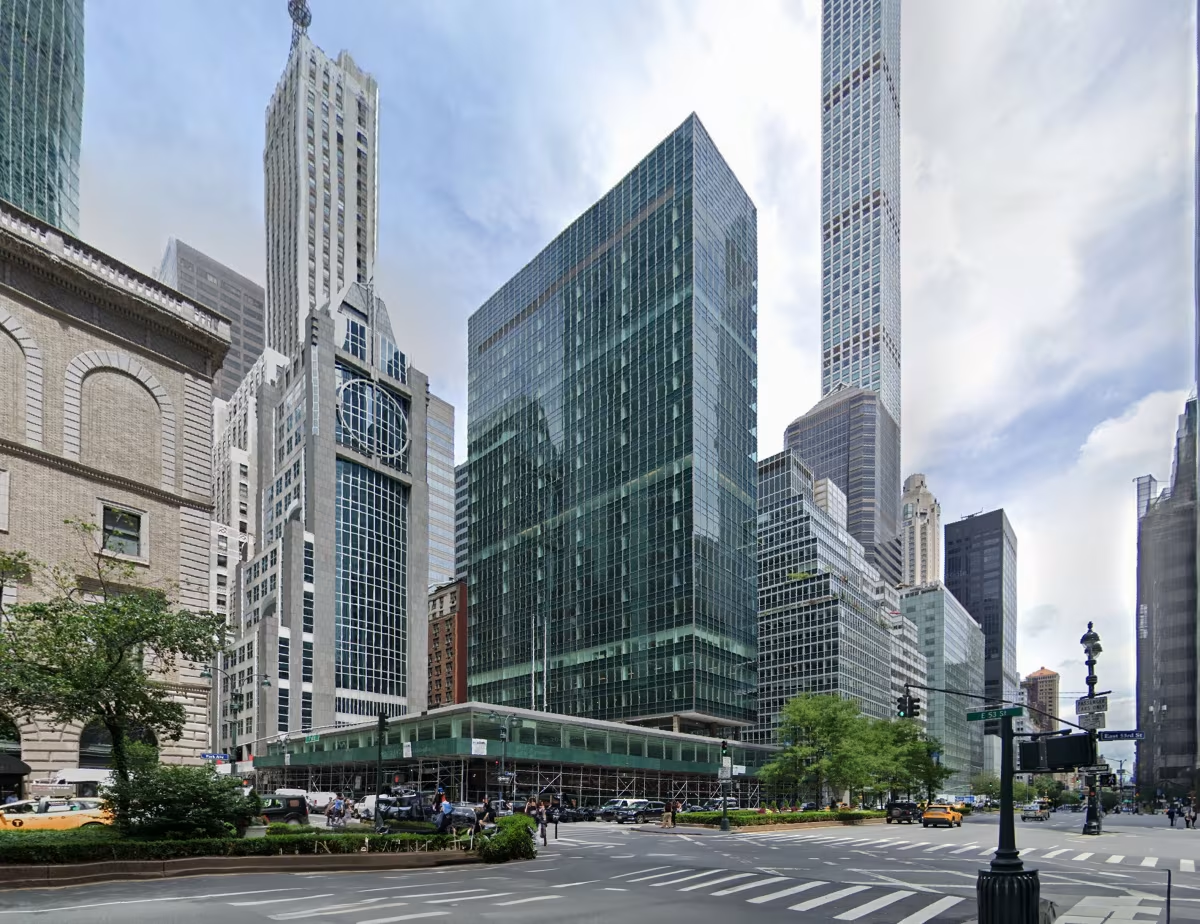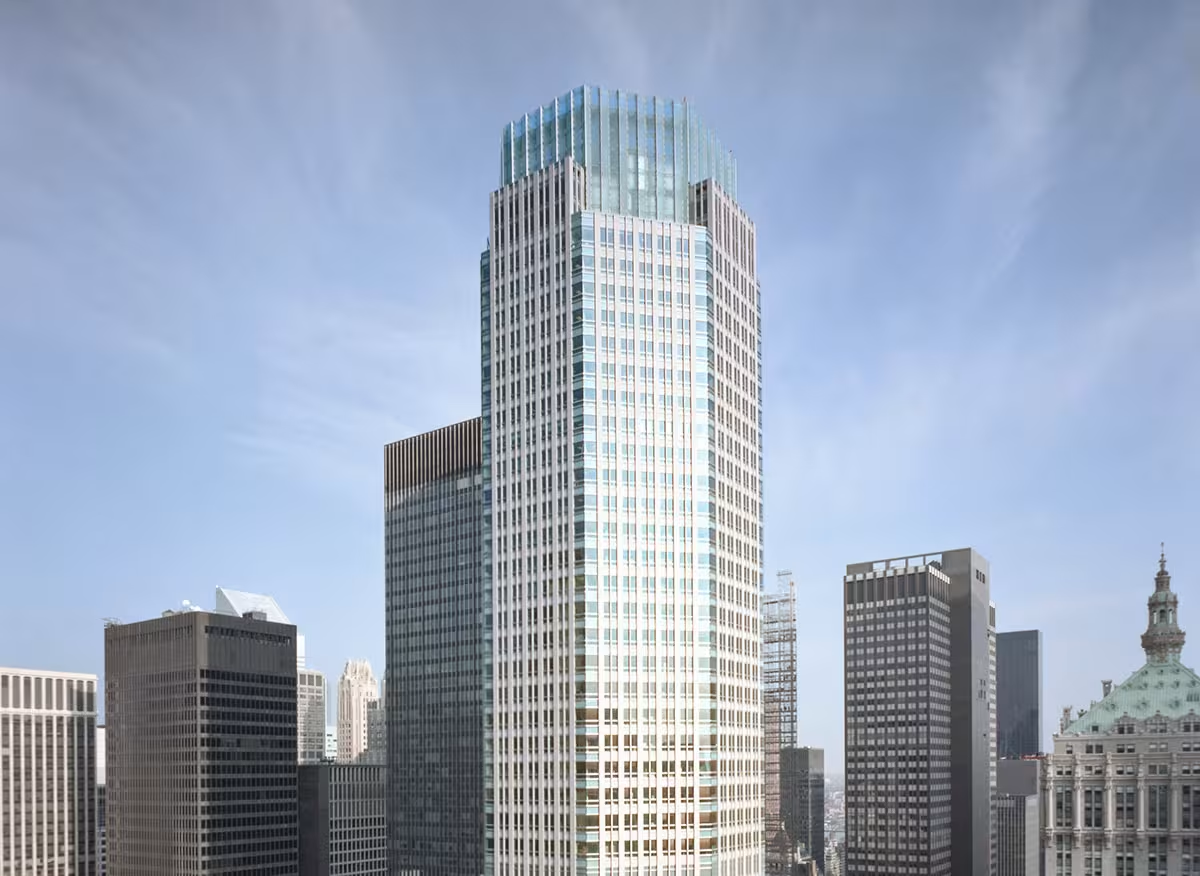Lever House vs 383 Madison Avenue Building


Comparing the Lever House and the 383 Madison Avenue Building is particularly interesting because they share the same skyline in New York, NY, and were both designed by Skidmore, Owings & Merrill. However, they were completed more than 49 years apart.
This offers a unique perspective on how the architect's style and the city's architecture evolved over time.
Height & Size
The 383 Madison Avenue Building is clearly the larger tower of the two, both in terms of height and number of floors. It rises to 755ft (230m) with 47 floors above ground, while the Lever House reaches 307ft (93.57m) with 21 floors above ground.
383 Madison Avenue Building also offers more total built-up area, a total fo 1,184,029 sqf (110,000m2), which is about 921,084 sqf (85,572m2) more than what the Lever House offers.
Of course, each project may have faced different briefs or regulatory constraints, which we don't really know about and could also explain the outcome.
Architectural Style
The Lever House was designed in the International Style style, while the 383 Madison Avenue Building reflects the principles of Contemporary.
At the time of their completion, both styles were well established. This makes the comparison especially interesting, because both buildings represent a dominant aesthetic at a particular point in time.Built 49 years apart (1952 vs 2001), these two buildings are a perfect example of how different architectural styles have shaped the architectural landscape of our cities over time.
Uses
Both the Lever House and the 383 Madison Avenue Building were designed to serve as commercial towers, and that has remained their main use since their completion, serving similar roles in the urban fabric.
Structure & Facade
Both towers share the same structural solution, a Frame system.
A frame structure uses a grid of columns and beams to carry the building's loads. This frees the walls from structural duties, allowing for flexible floor plans and larger windows.
However, when it comes to the facade, both buildings use different approaches. The Lever House uses a Curtain Wall facade, while the 383 Madison Avenue Building uses a Modular facade.
A Curtain Wall facade like the one seen in the Lever House uses a lightweight glass curtain wall hung from the structure, while a modular facade like the one seen in the 383 Madison Avenue Building employs prefabricated panels, often mixing solid surfaces with smaller windows.
| Lever House | 383 Madison Avenue Building | |
|---|---|---|
| Skidmore, Owings & Merrill | Architect | Skidmore, Owings & Merrill |
| 1950 | Construction Started | 1999 |
| 1952 | Year Completed | 2001 |
| International Style | Architectural Style | Contemporary |
| Commercial | Current Use | Commercial |
| 21 | Floors Above Ground | 47 |
| 93.57 m | Height (m) | 230 m |
| 24428.38 | Built-up Area (m²) | 110000 |
| Frame | Structure Type | Frame |
| Steel | Vertical Structure Material | Steel |
| Reinforced Concrete | Horizontal Structure Material | Poured Concrete Over Metal Decking |
| No | Facade Structural? | No |
| Glass, Aluminum, Steel | Main Facade Material | Granite, Glass |
| George A. Fuller Company | Main Contractor | Turner Construction Company |
| Jaros, Baum & Bolles | MEP Engineer | Jaros Baum & Bolles |
| NY | State | NY |
| New York | City | New York |
| 390 Park Ave | Address | 383 Madison Avenue |